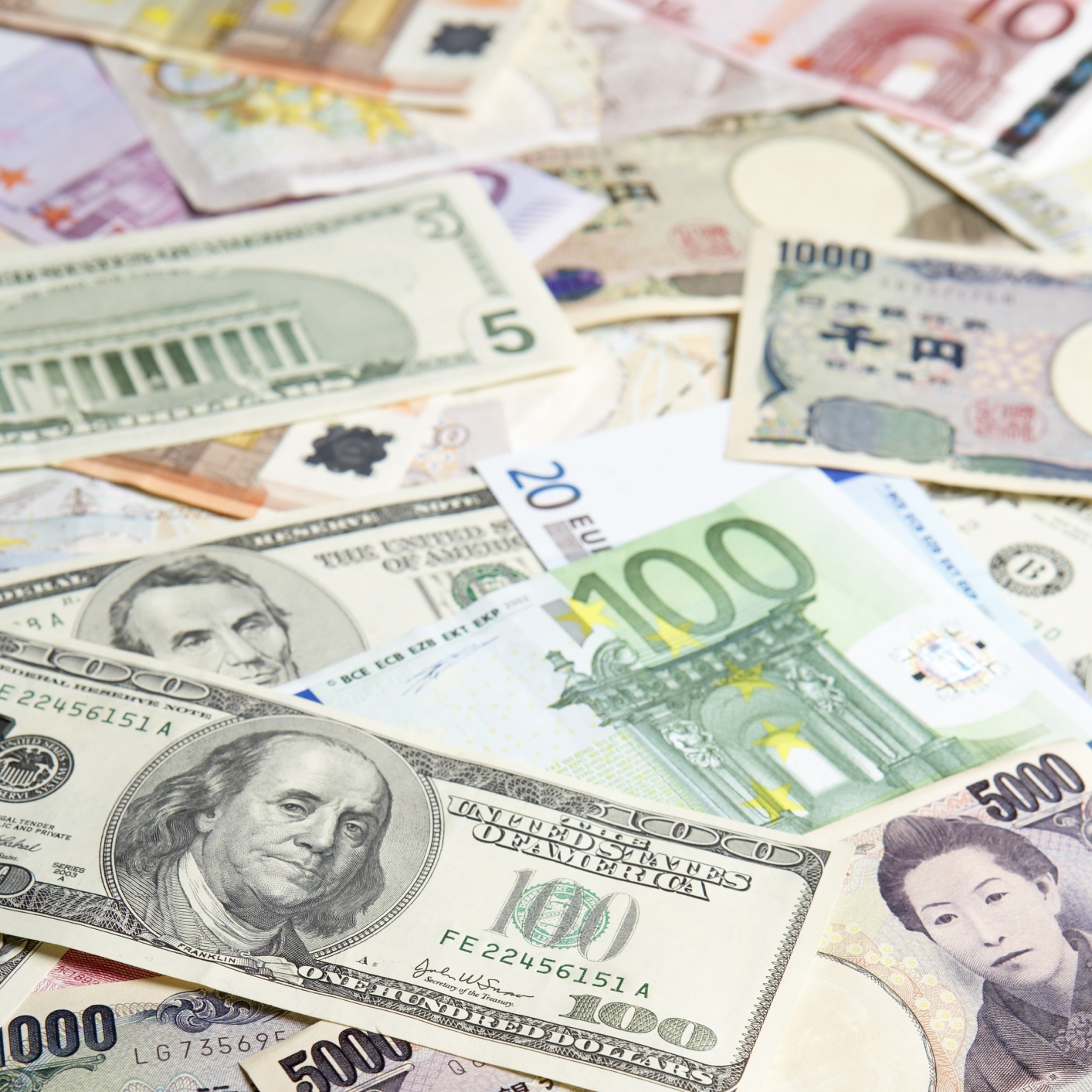Investing
2016 Year in Review: Major U.S. Market Statistics at Year-End

Published:
Last Updated:

The year 2016 was a wild ride for equity and bond investors alike. Stocks surged, making the March 2009 v-bottom low into a bull market that is now almost 8 years old. A Donald Trump victory as President has made the investing community to look for lower taxes, lower regulation, pro-business initiatives, and what could be a bumpy ride unwinding many of the Obama administration policies. The market moves in 2016, particularly in stocks and bond yields since the November 8 election, are just simply too big to ignore.
The stock market went out with a bang after large November and December post-election moves that were higher and higher almost every day. Still, the year’s final days saw some profit taking and there were truly a lack of new buyers. Without knowing the future, it seems like the late gains in 2016 were so strong that they may have eaten into expected equity gains in 2017 even if many policies and earnings recoveries do come about.
The Dow Jones Industrial Average closed out the year 2016 at 19,762.60 on December 30. It may have not hit the elusive 20,000 mark but it closed out 2016 with a gain of 13.4% from the 17,425.03 close on the last trading day of 2015. This is significant even if it was quite coincidentally close to the 24/7 Wall St. forecast of 19,700 — at the start of 2016 we did not mention the names Trump or Clinton even once. We do still have a case that can be made for up to Dow 22,000 late in 2017.
The S&P 500 closed out the year at 2,238.83, up 9.5% from the 2,043.94 close of 2015. The NASDAQ closed at 5,383.12 for a gain of just 7.5% from the 5,007.41 close at the end of 2015.
Interest rates have risen, and higher stock prices mean lower stock yields. We just showed the 2017 full list of the Dogs of the Dow having a yield with an average of about 3.6%. That is down slightly from the start of 2016 but close to the same measure for 2016.
The 10-year Treasury went out with a yield of 2.44% in 2016. The 30-year Treasury closed out 2016 with a yield of 3.06%. On the last day of 2015, the 10-year yield was 2.27% and the 30-year yield was 3.01%. Still, the lows of the year were 1.34% for the 10-year and 2.1% for the 30-year. Much of the overseas sovereign debt at negative interest rates, mostly Japan and Europe, has contracted and started having positive yields or less negative yields since peaking above $12 trillion in mid-2016.
Gold is not really performing well at all in a post-election pro-growth environment. And interest rates rising won’t be a boom for gold either as savers can actually start earnings interest again. Gold closed out 2016 at $1,152.36 versus a summer peak above $1,350 per ounce. Still, gold was barely hanging on to $1,050 per ounce at the end of 2015 and most gold strategists and chartists were truly worried that gold might fall under $1,000 and head toward $900 a year ago (really).
Crude Oil is back! Closing at $53.72 for West Texas Intermediate Crude on NYMEX, oil went into the $30s and was at a point where very few oil outfits were profitable. This was $80 just two years ago.
Currencies have underperformed versus the U.S. dollar due to growth expectations here being better than abroad, at least on a relative basis versus the past. The euro went out at just $1.052 and Japan is now 128.43 yen per dollar.
That’s 2016 in a wrap. Admittedly, it is very hard to cover all of the markets in detail at year-end. The 2017 outlooks are far more important at this point. Happy New Years!
The thought of burdening your family with a financial disaster is most Americans’ nightmare. However, recent studies show that over 100 million Americans still don’t have proper life insurance in the event they pass away.
Life insurance can bring peace of mind – ensuring your loved ones are safeguarded against unforeseen expenses and debts. With premiums often lower than expected and a variety of plans tailored to different life stages and health conditions, securing a policy is more accessible than ever.
A quick, no-obligation quote can provide valuable insight into what’s available and what might best suit your family’s needs. Life insurance is a simple step you can take today to help secure peace of mind for your loved ones tomorrow.
Click here to learn how to get a quote in just a few minutes.
Thank you for reading! Have some feedback for us?
Contact the 24/7 Wall St. editorial team.